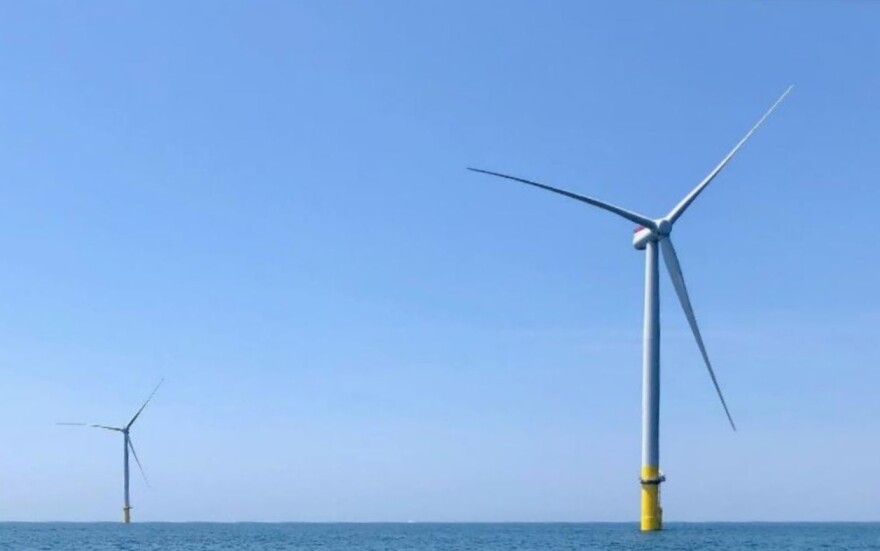A group of 10 advocacy groups has formed the Offshore Wind for North Carolina coalition, or OSW4NC, to lobby for funding, legislation and anything else that will get wind turbines turning off the North Carolina coast.
The move comes as North Carolina, the U.S. and the rest of the world race to get global warming under control by reducing reliance on fossil fuels. To get there, President Joe Biden’s administration and North Carolina Gov. Roy Cooper are pushing for more renewable energy development, including offshore wind energy.
Members of the new offshore wind coalition include Audubon North Carolina, Chambers for Innovation and Clean Energy, Environmental Defense Fund, Environmental Entrepreneurs, North Carolina Coastal Federation, North Carolina Conservation Network, North Carolina League of Conservation Voters, North Carolina Sustainable Energy Association, Sierra Club North Carolina and Southeastern Wind Coalition.

"Our goals are to work to establish a market for offshore wind in North Carolina, and to enhance regulatory certainty through both the regulatory process and just working with state and federal agencies, and then allow and expand future offshore wind development off the coast of North Carolina," said Jaime Simmons, program manager of the Southeastern Wind Coalition.
There's a lot of work to be done, but there are goals.
Specifically, the Biden administration this spring announced a goal to add 30 gigawatts of offshore wind power by 2030. That's enough energy to power about 20 million homes. Or, put another way, it's the equivalent of 14 coal-fired power plants the size of Duke Energy's Marshall Steam Station on Lake Norman.
In June, Cooper set his own goals: 2.8 gigawatts of offshore wind energy by 2030 and 8 gigawatts by 2040.
Playing catchup to Europe: The U.S. trails Europe, where projects totaling about 25 gigawatts of offshore wind are already installed.
So far, the East Coast has only two small demonstration projects: five turbines off Block Island in Rhode Island and two off Virginia.
But there are a lot of proposals in the works that could speed that up. Virginia-based Dominion Energy owns those two turbines and announced plans in July for a 2.6-gigawatt, 180-turbine wind farm 27 miles off the Virginia coast. It would be the largest offshore wind project in the country.
Another company, Avangrid Renewables, has leased an offshore wind area about 27 miles off North Carolina's Outer Banks — the first of three potential sites off the state's coast.
Battling in a New Industry: Since the offshore wind industry is still in its infancy, there's a lot of jockeying for position among the states. Ports up and down the East Coast are positioning themselves to be the staging ground for new offshore wind construction. Dominion wants to use the Port of Norfolk for its project. And in January, New Jersey announced plans for a "wind port" to supply projects along the East Coast.
A state Department of Commerce study released in March says North Carolina already has companies with the expertise to supply offshore wind projects. But the 131-page report recommended the state take other steps, including:
- Recruiting suppliers of major components to build factories and other facilities here.
- Developing a state offshore wind strategy.
- Offering workforce training.
- Improving the state's seaports.
- Collaboration with neighboring states.
But there's still lots of work to do, and the new OSW4NC coalition wants to help get things moving. For now, northeastern states including Massachusetts, Rhode Island and New Jersey are leading the way.
"I would call us in maybe the second wave of offshore wind, which can be a really exciting place to be," Simmons said. "For example, the supply chain still hasn't really set up shop yet, domestically. So there's still a ton of economic opportunity for North Carolina to make its mark on the industry."
Copyright 2021 WFAE


